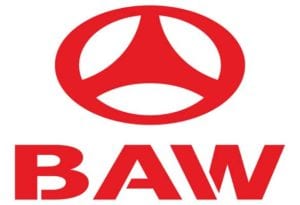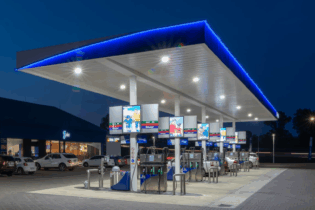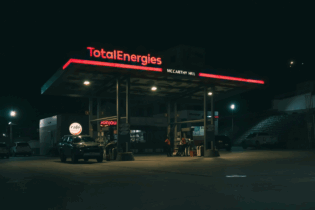Durban and Gauteng as well as the transport corridor between these two key logistics centres will be alive with work, as five key projects get under way in the next five years, the Minister of Transport Sibusisu Ndebele says.
Presenting his Budget Vote speech in Parliament on Wednesday, Ndebele announced five key transport projects which would be undertaken in the next five years in the Durban-Johannesburg corridor. Ports, roads, rail – including high speed rail, logistic hubs and land-use plans – would all be developed. Ndebele said the focus would be on sharpening up freight logistics to ensure economic growth as South Africa played an important role in the shipping of goods in and out of Southern Africa. The projects in the Durban-Johannesburg corridor include: * the development of Cator Ridge as a dry port* the sale of the Durban International Airport to Transnet for setting up a dug out port
* the extension of commuter rail to reach Pietermaritzburg
* the development of Harrismith as a logistics hub
* the setting up of several logistics hubs in Gauteng Ndebele said roads maintenance needed to continue, particularly as freight carried by roads will grow by between 200% and 250% over the next 20 years. Added to this, the poor state of many access roads had contributed to soaring rural services and had made it difficult for those in rural areas to access medical and other services. Major roads projects were also being undertaken by the SA National Roads Agency Limited (SANRAL) in among other places the Eastern Cape, Durban’s North Coast, near Harrismith and between Ventersburg and Kroonstad.
Added to this, the department’s S’hambe Sonke Road maintenance project, launched in April last year to fund the maintenance of roads, would be ploughing R6.3 billion into overhauling roads across the country.
In all, R1.2 billion had been allocated to KwaZulu-Natal, R1 billion to Eastern Cape, R1 billion to Mpumalanga, R934 million to Limpopo, R566 million to Gauteng, R447 million to the Free State, R411 million to the Western Cape, R308 million to the Northern Cape and R501 million to the North West. Ndebele said the department’s R38 billion budget is expected to grow to R48 billion by 2014/15. Of the R38 billion, the department has allocated R10 billion to the Passenger Rail Agency of SA (PRASA) – of which R5 billion will be used for the acquisition of new rolling stock – and R18 billion has been allocated for roads (including R8.8 billion for SANRAL). The remaining R10 billion has been allocated to public transport, of which R5 billion will go towards bus subsidies and R5 billion to the taxi recapitalisation programme and BRT programmes. DA member Ian Ollis suggested that Ndebele could integrate the various electronic cards used on BRTs and the Gautrain, as well as the card PRASA plans to launch for Metrorail passengers, into a single card. Ollis pointed out that all the cards used the same technology and software and that all that was required was for them to be integrated on their various databases, adding that such an initiative could be completed so that a single card was ready by October next year. Such a card, he said, would then be similar to London Transport’s Oyster Card, which allows commuters to use the same card to travel on buses and trains in the city. However, the Deputy Minister of Transport Jeremy Cronin said although a single travel card to cover the country’s various existing e-cards for public transport was a good idea, it would not benefit all travellers.







